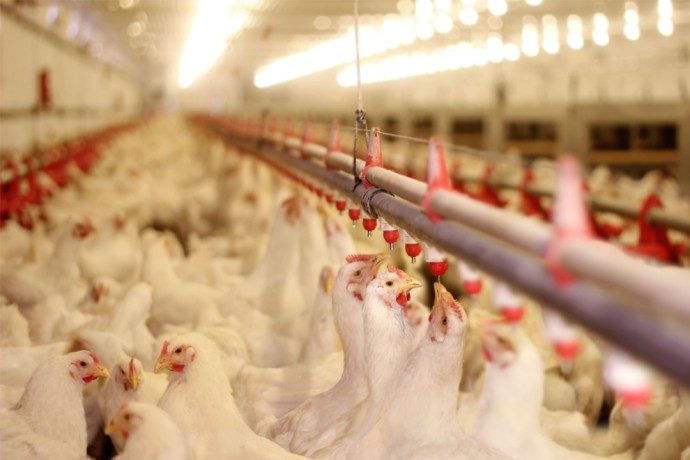UTRECHT, NETHERLANDS — Despite high prices and, volatile conditions around the world during the early part of 2023, Rabobank’s Q2 poultry report reflected reasons for optimism in the global poultry market.
Analysts said that even with eggs reaching record-high prices globally and beef and pork remaining expensive in most markets, demand for poultry would stay strong.
Nan-Dirk Mulder, senior analyst of Animal Protein at Rabobank, said ongoing high prices during weaker economic conditions led to some demand erosion in markets with sizeable populations with more low-income consumers.
“This is happening in Africa and Asia in particular, where consumers are returning to cheaper, traditional plant-based protein sources,’’ Mulder stated.
The report said avian influenza (AI) remains top of mind for the poultry industry worldwide. Meanwhile, global trade looks stronger for 2023, but major importing countries and regions like Europe, Japan, China, Singapore, the Philippines, Saudi Arabia and the Gulf States, continue to operate despite volatile economic conditions.
“Import volumes will likely rise, and prices will be affected by availability in Brazil and the US, which looks relatively abundant for this year,” Mulder said.
Many countries are also developing different approaches to prevent AI, including some having vaccination programs and others still discussing that option. The virus continues to spread further in Latin America and deeper into Brazil’s southern production states, which account for more than 60% of the country’s production.
“If AI hits some of these states, the potential impact on global trade could be big. Major importing countries may choose to change their sourcing, benefiting alternative exporters like the US, the EU, Ukraine, Russia, Turkey, Thailand, and China,” Mulder said. “This would result in higher prices, and for some submarkets, like breast and whole birds, there would be insufficient supply, which could have an additional bullish impact on prices.”
Rabobank acknowledged that operational issues are continuing, given the ongoing high, volatile feed and energy costs, limited availability of breeding stock, high construction costs and major AI risks.
“Over the course of the year, we expect soybean and corn prices to drop 5% to 10% compared to Q1 2023 levels, mainly driven by expectations of good harvests in Brazil and eastern Europe and improving US forecasts,” Mulder said. “This will provide some relief for producers, but will still mean historically high feed prices in most regions.”
The group said that energy prices would remain volatile due to the ongoing Russia-Ukraine war and competition for liquefied natural gas in global markets, particularly if China’s economy normalizes following more COVID-19 measurements being removed.


